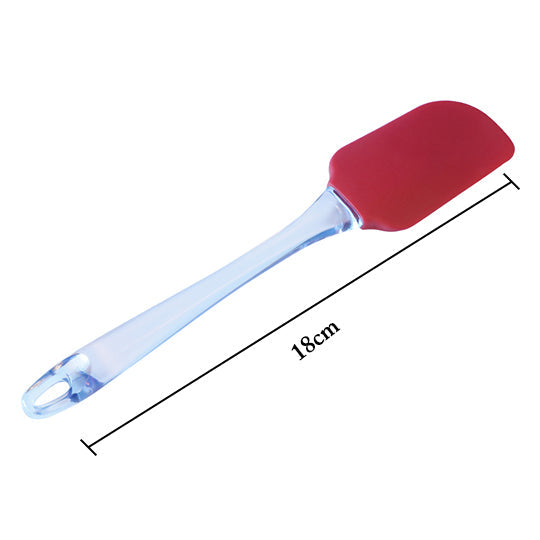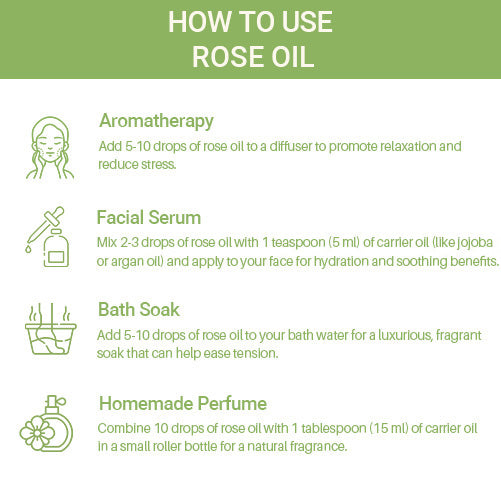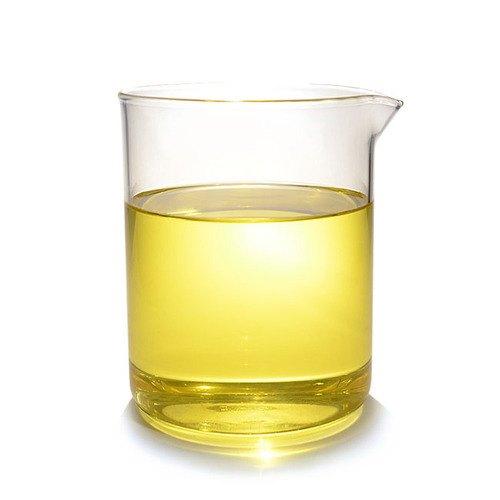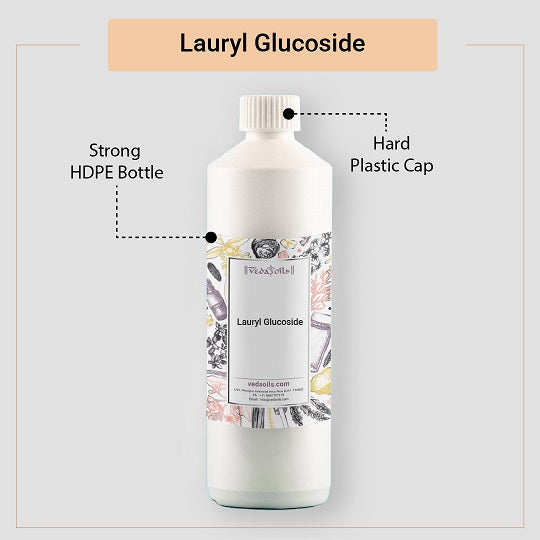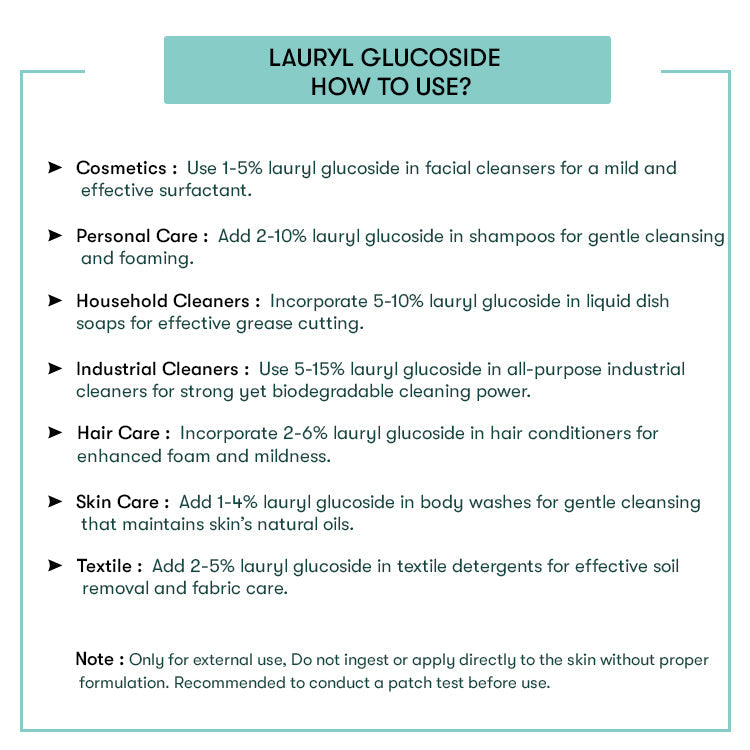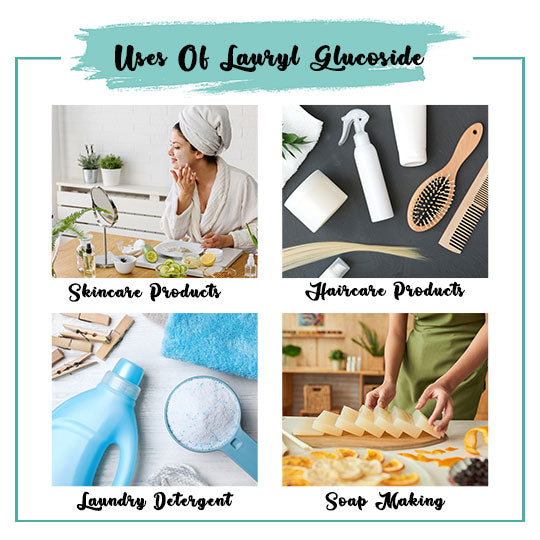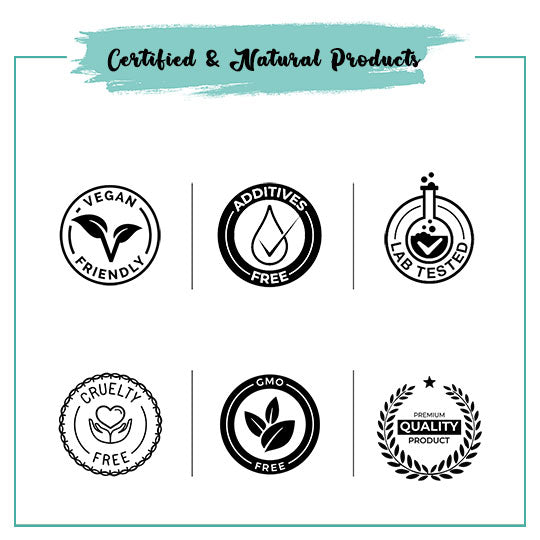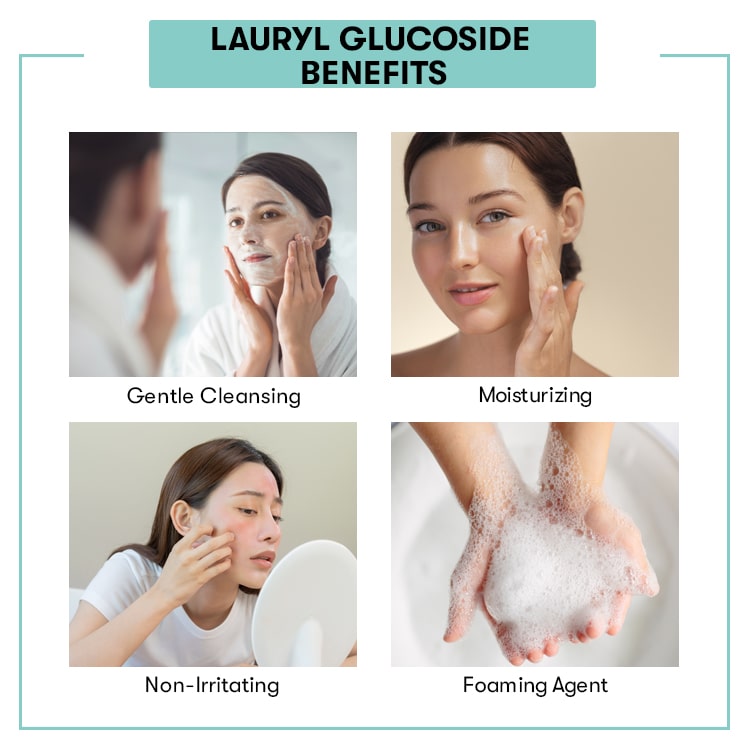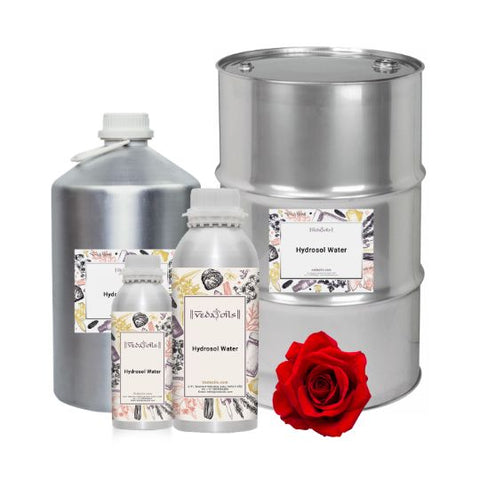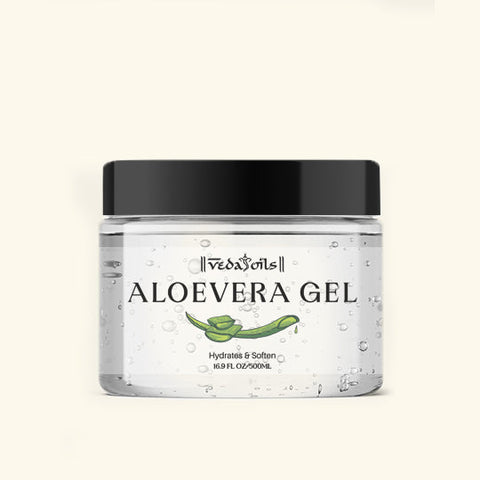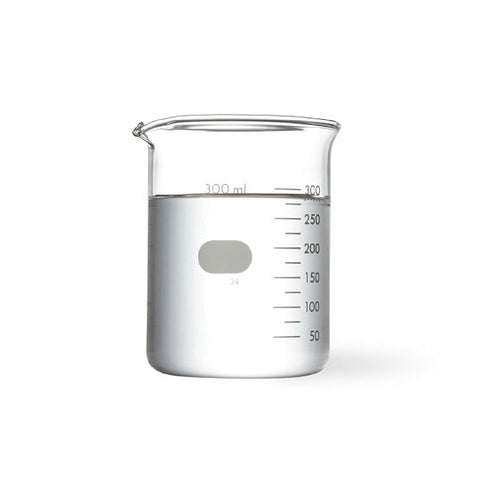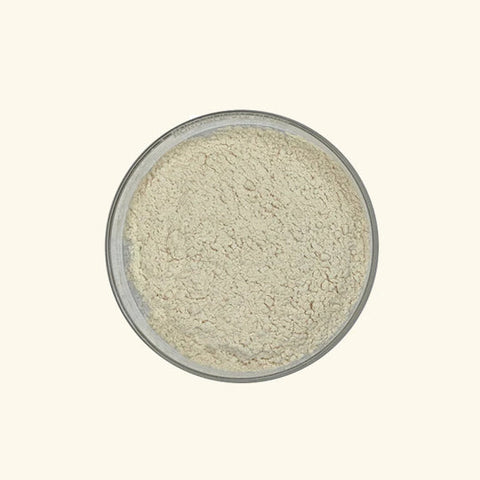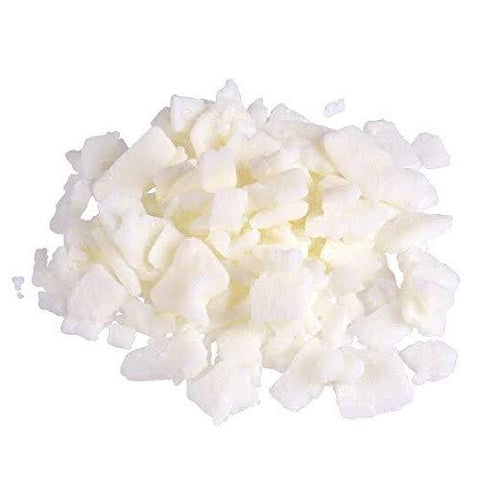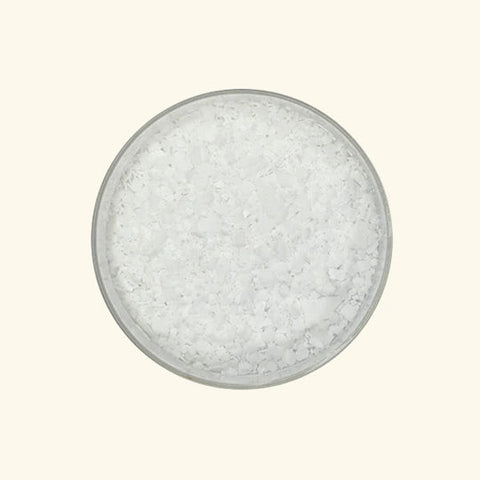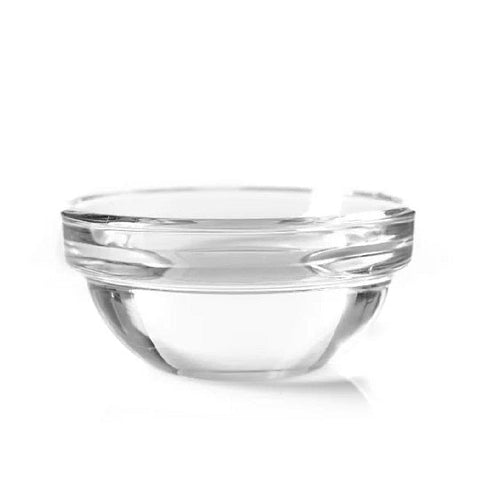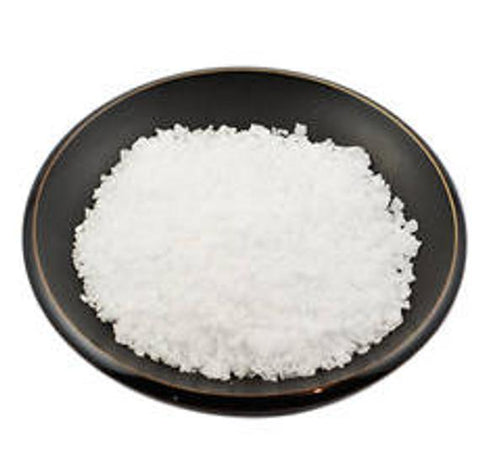Our Certifications
Lauryl Glucoside
Lauryl Glucoside also referred to as Lauryl Glucose, is a surfactant of anionic type. It is mostly used as an emulsifier, conditioner, or foaming agent in cosmetic products. Lauryl Glucoside is recommended by dermatologists as well as it is one of the mildest and most skin-friendly cosmetic ingredients. Lauryl Glucoside can be used as both co-surfactant and base-surfactant in skin cleansers.
Lauryl glucoside assists in creating the viscosity of the final product. The foaming producing ability makes Lauryl Glucoside one of the cosmetic raw materials in many personal care applications as well. Lauryl Glucoside is biodegradable which means that does not pose any threat to the environment during and after use.
Lauryl Glucoside is an odorless liquid that can be light yellow or clear when it comes to appearance. Lauryl Glucoside is water-soluble and proves to be useful when blended alongside ionic formulas to enhance their emulsifying and foam depth. Vegans can use products containing Lauryl Glucoside as it does not comprise components that are derived from animals.
Lauryl Glucoside Benefits
- Skin-friendly: Lauryl Glucoside sounds like a chemical, it is obtained from coconut (oil) and sugar. Also, it does not contain any harsh substances that might be injurious to your skin. Lauryl Glucoside proves to be suitable for all skin types and can also be used by people who have sensitive skin.
- Conditions skin: Lauryl Glucoside is a mild surfactant that has excellent skin conditioning properties as well. Also, it allows water to combine with oils, dirt, and other impurities seamlessly so that you can wash them off easily.
- Foaming properties: Lauryl Glucoside is so mild that it can also be added to baby care products. Lauryl Glucoside's potential to form copious amounts of foam makes it one of the commonly used ingredients in bath gels, shampoos, and skin cleansers.
- No-side effects: Lauryl Glucoside does not have any side effects as well. Therefore, you can add products that contain Lauryl Glucoside to your daily beauty regimen.
- Alternative to Sulfates: Lauryl Glucoside can also prove to be a good alternative to sulfates to cosmetic formulations. Its low pH enables it to be stable and effective in formulations that contain salicylic acid.
- Lauryl Applications: You can use Lauryl glucoside in Face washes, shampoos, conditioners, body washes, baby care products, and other skincare, baby care, and personal care products.
How to Use Lauryl Glucoside?
You don’t need to change its composition in any form before adding to the formulas. Its recommended concentration level can vary between 1 and 25% as it depends on the kind of cleansing and foaming effects you are seeking from it. Also, remember that it is only formulated for external use.
Product Specifications
CAUTION: Lauryl Glucoside is a Ethylene Oxide/Propylene Oxide free and is approved by TSCA as well. Therefore, you can use it in cosmetics without any issues. However, it proves to be more efficient when used at lower concentration levels.



